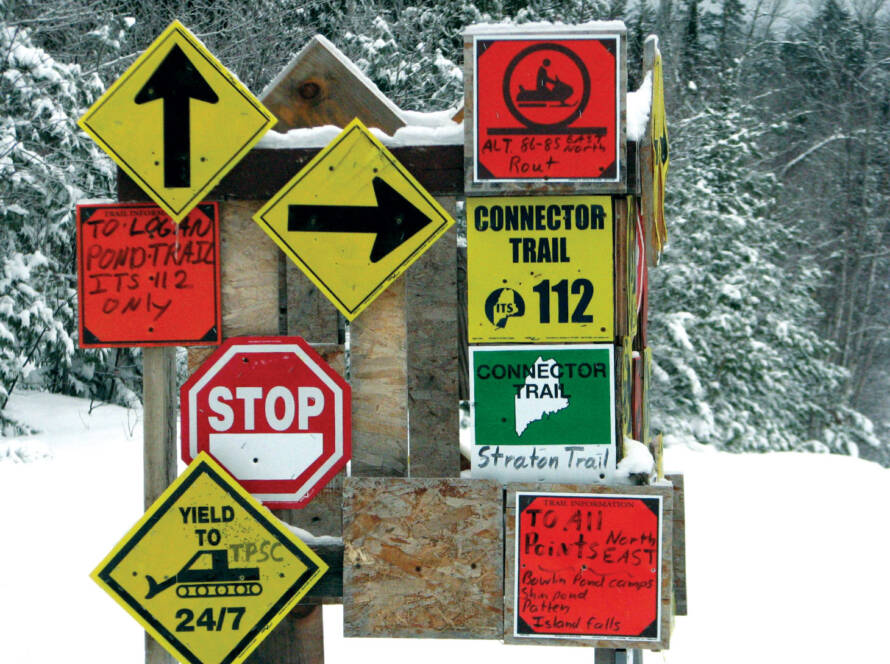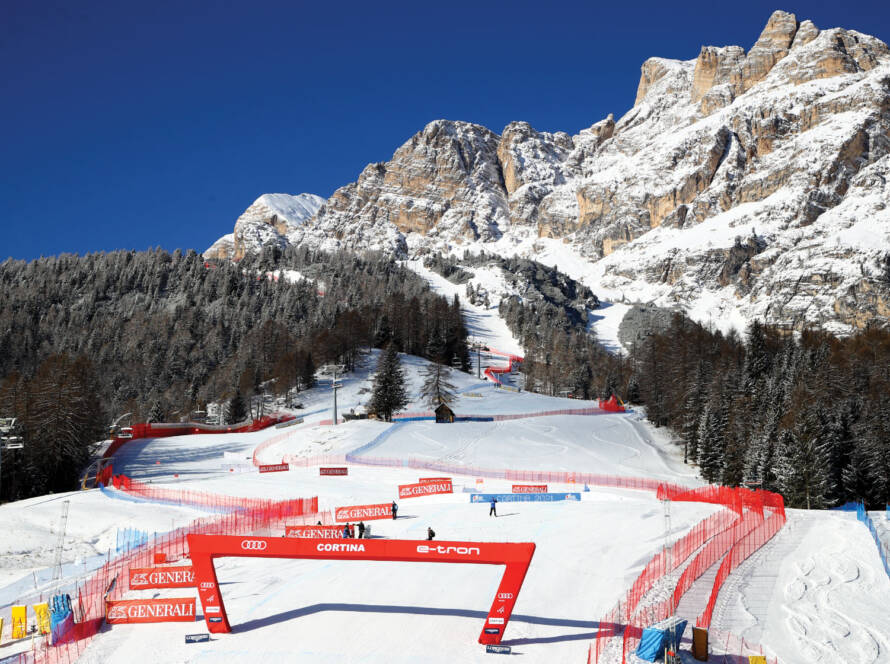There are always risks associated with downhill skiing, whether it’s the danger posed by hazards such as tree wells – which can trap unsuspecting skiers – or the possibility of getting lost when straying out of bounds at a ski resort.
When this happens, a new tool is available that makes it easier for search and rescue teams to pinpoint the locations of skiers and other outdoor enthusiasts who are lost or injured. It’s an app called AirFlare that can turn a cell phone into a powerful rescue beacon and equip searchers with multiple ways to find people in trouble, both on and off the grid.
“AirFlare essentially is a set of technologies that leverage an adventurer’s cell phone to help search teams find them in the event that they need help,” said Denis Lee, one of the developers of the AirFlare app.
“Our flagship feature is the ability to find a phone even when it’s outside of a cellular service area. That’s what really sets us apart from other on-grid or in-cell-service tracking devices.”
According to Lee, other advantages of the AirFlare system include cost and ease of use.
Designed for adventurers
While other forms of rescue technology such as personal locator beacons and satellite emergency notification devices are very effective, Lee says they really aren’t ubiquitous in the outdoor community.
“For some people, the reason is cost, for others it’s a technology hurdle and for others, it’s just another thing they need to remember to pack when they set out for a skiing or outdoor adventure trip,” he said.
The AirFlare app, on the other hand, is inexpensive to download and easy to use. Also, as Lee points out, skiers and other outdoor enthusiasts who frequent alpine resorts, such as mountain bikers and hikers, will typically already carry a cell phone with them; it’s not an additional device to carry. In addition, he says, activating the AirFlare app couldn’t be simpler.
“The only thing that an adventurer has to do is download the app to their phone. They then fill out a short profile form which is stored up in a registry that is accessible by search teams, and that’s it,” Lee said. “Once that app is downloaded and the profile is created and stored, they actually never have to open the app again.”
On the search and rescue side, Lee says AirFlare represents a fresh approach that can help speed-up rescue efforts and make them more efficient.
With AirFlare, the GPS coordinates of a lost subject’s phone can be determined even before a search team is assembled. If that person is an AirFlare subscriber, the system’s powerful search technology is configured to find their specific phone, eliminating the possibility of a false detection. In addition, the technology can be configured to search for a phone belonging to someone who is not an AirFlare subscriber.
Airflare search technology also includes a small detector device that is carried by searchers or attached to a drone. This provides a second set of eyes during large-scale searches, which can hone-in on a lost skier in places where visual sightings or voice checks can’t reach, saving precious time in the process.
Tested at Crystal Mountain
The company that developed AirFlare, Vector Flight, released the product last year and in December 2018 went live with its first market test at Crystal Mountain, located in the Cascade Range of the Rocky Mountains, about 80 miles southeast of Seattle, Wash.
Peter Dale, the ski patrol director at Crystal Mountain, says he was pleased with how the AirFlare system was successfully incorporated into the resort’s plans and procedures for finding lost or injured skiers.
“It’s one more tool we have at our disposal for search and rescue use. It’s not going to be… the only thing we’re ever going to use [moving] forward, but it’s a pretty useful addition to our toolbox when we are looking for somebody,” he said.
Dale says while there weren’t any search emergencies at Crystal Mountain last winter, AirFlare performed well in a number of mock search and rescue exercises staged at the resort.
He notes the technology appeared to be more accurate than some other search methods his team has used in the past; such as relying on local law enforcement officials to provide GPS coordinates for a lost subject during a search and rescue effort.
Dale was also impressed with how AirFlare’s search technology can utilize a person’s known Wi-Fi networks to find them if they don’t have the app on their phones or are outside cellular service range.
“If we know their home or work Wi-Fi network name, or let’s say the Wi-Fi network name at a Starbucks they frequent, we can actually enter that information into an AirFlare search device to go search for them using a Wi-Fi signal,” he said.
Dale says the AirFlare search technology was provided to his team free of charge, and in return Crystal Mountain helped promote the app and its benefits for skiers through the resort’s website and on numerous signs posted around the ski hill.
“It’s a mutually beneficial relationship,” he said.
Lee notes that the ski patrol team at Crystal Mountain was encouraged to provide feedback about AirFlare and one of their suggestions is already in the works – a new desktop version of the app for the benefit of search and rescue dispatchers who rely more on computers than smart phones to do their work.
According to Lee, the AirFlare team is also working on a number of other enhancements. These include the addition of peer-to-peer location sharing between family members and friends who are AirFlare subscribers, as well as an expanded subscriber profile that provides ski patrol teams with important information such as a lost subject’s emergency contacts and known medical conditions.
Lee says Vector Flight will continue working with Crystal Mountain and is working on partnering with more alpine resorts in the Western United States this upcoming winter with the aim of making additional improvements and helping spread the message about AirFlare.
“We feel strongly that we have a really solid core set of technologies here, but we think we’re going to be better off in the long run if we bring on a handful of mountain resorts for another year of feedback and recommendations,” said Lee. “Our primary goal right now, and for the next year, is to get these early resort adopters, to build trust with them and to develop the AirFlare brand within the resort community.”
Lee says for now his company plans to continue offering AirFlare search technology as a free service to mountain resorts and charge a nominal fee to outdoor adventurers.
“We feel that our revenue is going to be generated on the adventurer side with app sales to the skier and summertime mountain biker communities,” said Lee. He anticipates this subscription fee could be somewhere between $3 to $10 a year – or even much less if enough people sign up.
“Our technology becomes a lot more powerful when we develop subscriber density,” said Lee, adding it’s hoped that this will also drive the cost of AirFlare down over time to eliminate any cost barrier for the outdoor community.
“In the long term, we’ve developed this technology to be broadly accessible and widely distributed, and so we’re really motivated to remove any price friction whatsoever for the adventurer community,” he said. “If we get to a point a few years from now that an annual subscription to AirFlare can be 50 cents, that’s where we want to go.”
For more information about the AirFlare app, go to www.airflare.com.



